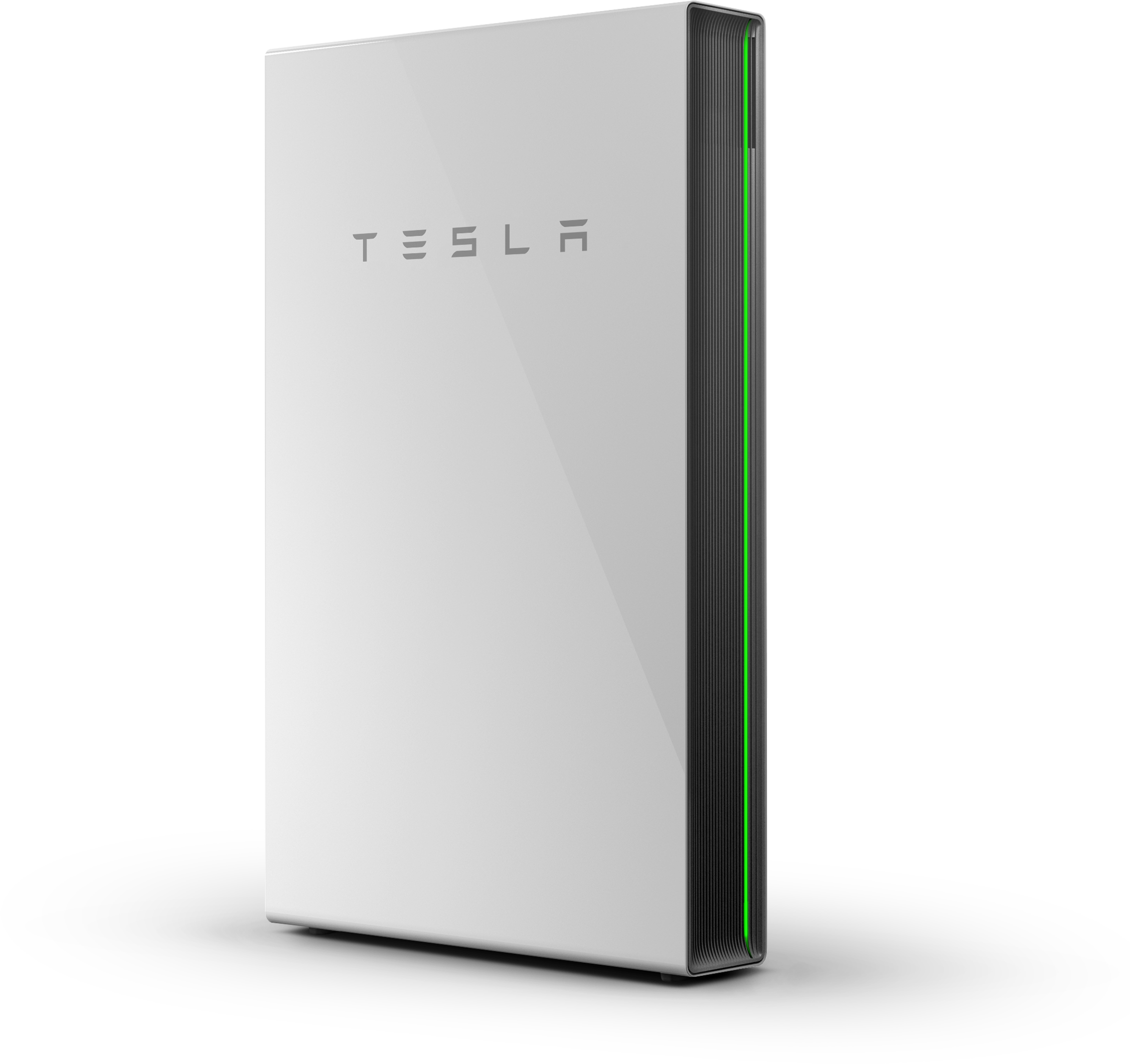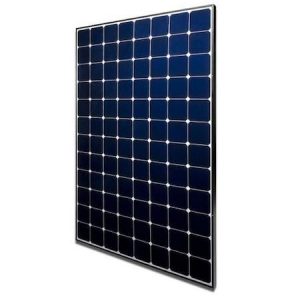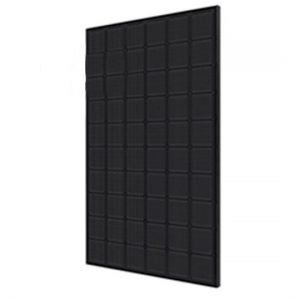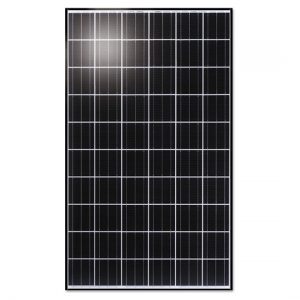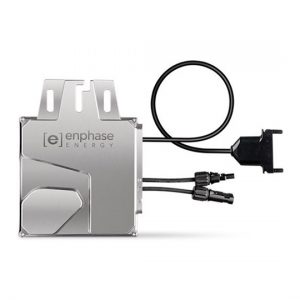Tesla Powerwall 2 Battery
Tesla Powerwall 2 Battery Storage
The Tesla Powerwall 2 is one of the most advanced residential energy storage systems in the world, and the real magic behind it is the batteries. Tesla’s leadership in battery technology from the cell to the pack and into the finished products that utilize them highlights the fact that Tesla is truly not just an automotive company but really more of a broader tech company. Tesla’s batteries make their way from the company to consumers in a variety of form factors, including in cars like the Tesla Model 3 and stationary energy products like the Powerwall 2 and Powerpack.
The Powerwall 2 is, at its core, a DC energy storage system with a usable capacity of 13.5 kilowatt-hours per Powerwall. For more storage capacity, multiple Powerwalls can be installed in parallel. As most homes run on AC power, Tesla stacked an inverter on top of the battery pack that turns the stored DC power from the battery into AC power that all of the appliances and gadgets in the house can use. The inverter can push out the resulting AC power at 7kW peak or at a 5kW continuous rate. Bundling more Powerwall 2s together in a single installation also provides the capability to support even larger power draws.
Conversely, when it comes times to charge, the inverter can turn AC power back into DC power that is stored in the battery. This inverter has a round trip efficiency of 90%, meaning that 10% of the power sent into the Powerwall to be stored is lost by the time it gets back out due to the inefficiencies of converting the power from AC to DC (going into the Powerwall) and from stored DC power back to usable AC power as it comes out of the Powerwall into the home.
Batteries are commonly rated, compared, and discussed based on their usable capacity, as listed in kilowatt-hours (kWh). Unfortunately, the world of storage capacities is not a straightforward one, with some manufacturers listing the total capacity of the battery cells in the unit even though some of it might be reserved to protect the life of the battery.
Tesla lists the capacity of its Powerwall 2 units in terms of usable capacity, which is the total amount of energy stored in the battery that can actually be used by the homeowner. It features a 100% depth of discharge, meaning that the entire 13.5 kWh of usable capacity can be pulled out, if needed.
The Tesla Mobile App
The Tesla Powerwall can be managed from the Tesla mobile app, which is available in the Android and iOS app stores. This is the same app that Tesla vehicle owners use to monitor their vehicles, check on the status of vehicle charging, and check or conduct other vehicle functions. After logging into your Tesla account in the app, you can see the current state of charge of the Powerwall and change Powerwall settings.
On the energy side of things, the Tesla mobile app allows owners to monitor the energy flow between their rooftop solar systems, Powerwalls, the grid, and the energy usage of their homes. The real-time flow of energy is depicted with vivid graphics and animations that make it easy to see where different sources of energy are flowing and how much is moving around at any point in time.
Owners can dive deeper into the data to pull up detailed graphs for each energy source that shed insights on where large periods of consumption or generation are occurring within each unit. These trends allow owners to see solar generation and Powerwall charging patterns as they occur, and also focus their attention on energy usage within the home.
Tesla offers a video overview that walks through the core functions of its mobile app for Powerwall. It’s well worth the 6 minutes and change it takes to watch it if you’re in the market for a residential energy storage system and/or a rooftop solar system. Overall, the Energy section of the Tesla app provides the ability for owners to dig into the details of system operation and even select the operating mode for a Tesla Energy system.
In the next section, we’ll dive into the different operating modes owners can choose.
Powerwall Operating Modes
The Tesla Powerwall 2 was designed to allow for flexible operations with over-the-air updates that can push new functionality down to the Powerwall. The internet connectivity of the Powerwall Backup Gateway 2 allows it to stay connected to the internet to keep tabs on changing electricity prices, energy policies, and even the weather. These data are rolled together into a package that is constantly working to optimize the energy footprint of the home using a handful of optimization features.
Self-Powered — In this mode, the Tesla Powerwall 2 will maximize the self-consumption of an onsite solar system by the home. It does this by storing up power generated by the rooftop solar system during the day and using the stored power as needed to power the home. Tesla estimates that the ability to store daytime solar generation and use it back from the battery at night roughly doubles the amount of solar energy that directly powers your home. In this mode, the homeowner is also able to select the minimum amount of power saved as a reserve in the event of a power outage as a percentage from 0–100%.
Backup-Only — As a residential battery, one of the primary functions of the Powerwall is to provide backup power in the event of a utility power outage. In the event the outage lasts for an extended period, the Powerwall 2 can actually recharge itself from a rooftop solar power system. The capability means that while your neighbors might be without grid power for hours, days, or even weeks, a solar-connected Tesla Powerwall 2 system can effectively keep your home powered indefinitely, within the constraints of the size of the solar system and the number of Powerwalls installed, of course. In this mode, the amount of stored energy reserved for backup power can be set as a percentage from 0-100%.
Advanced Time-Based Control — The Tesla Powerwall 2 is connected to the internet and has brains to match, which works to optimize the cost of energy for customers with electricity rates that vary depending on the time of day or the season. With Advanced Time-Based Control, the Powerwall 2 actively works to maximize the value of the solar generation and the energy usage of the home from the grid to intelligently charge and discharge based on the time and price of energy.
The Network Effect
The Tesla Powerwall 2 is a powerful energy storage appliance on its own, but that power is scaled up with Tesla’s ability to bundle Powerwalls together virtually into larger energy storage units. Imagine, if you will, bundling the Powerwall energy storage of 100 homes together into a single virtual unit with a usable storage capacity of 1350 kWh, or 1.3 MWh. Tesla is doing this at a massive scale in South Australia, where it aims to connect tens of thousands of homes together as a distributed virtual power plant.


